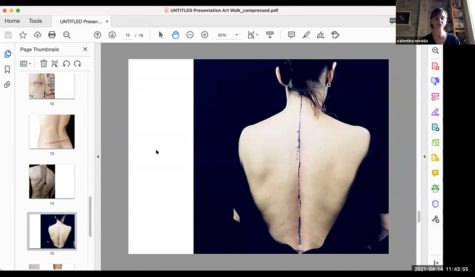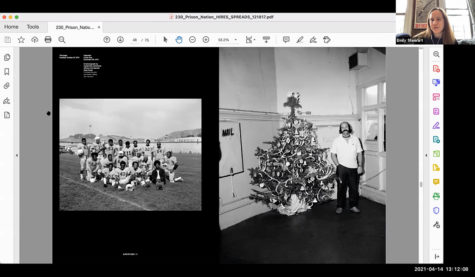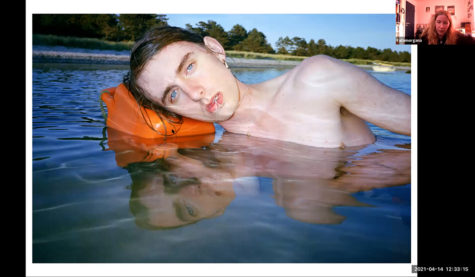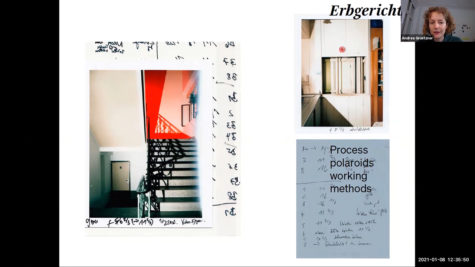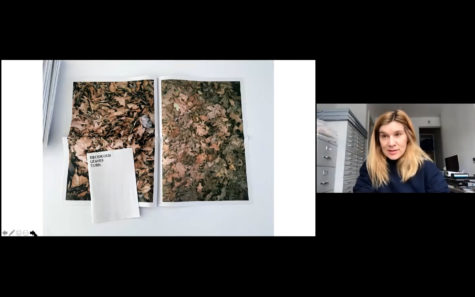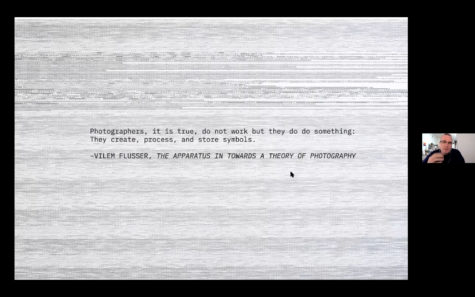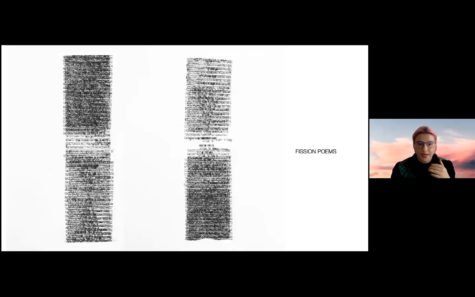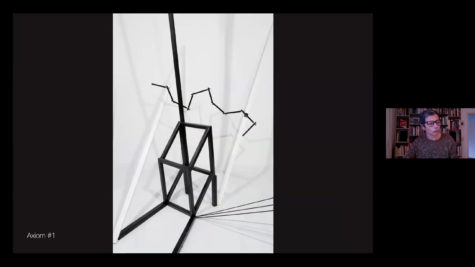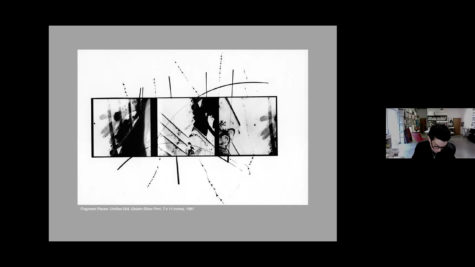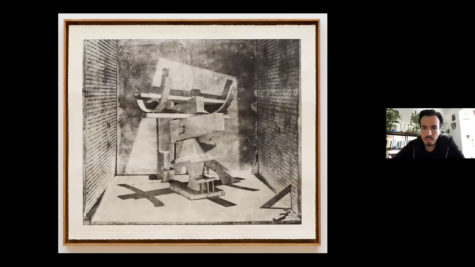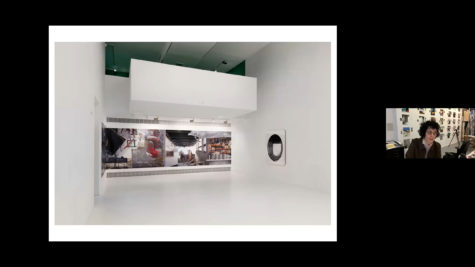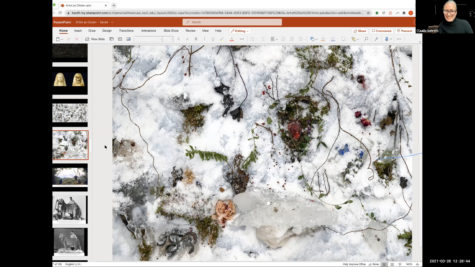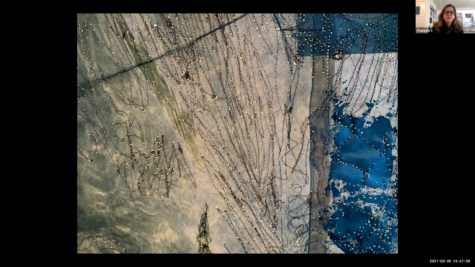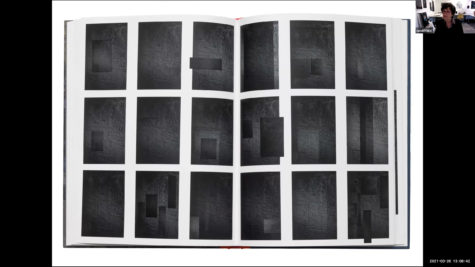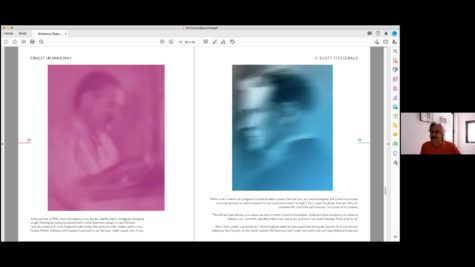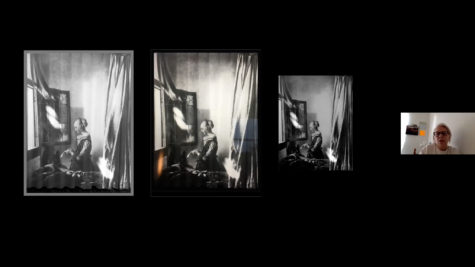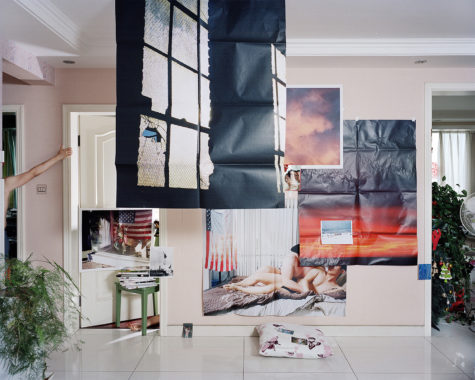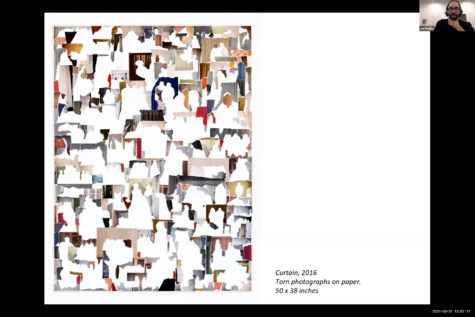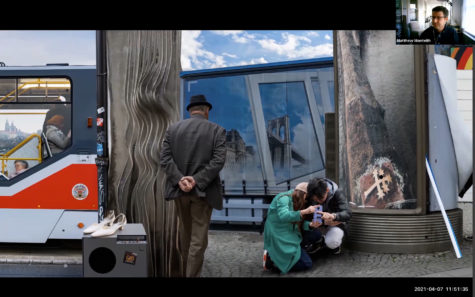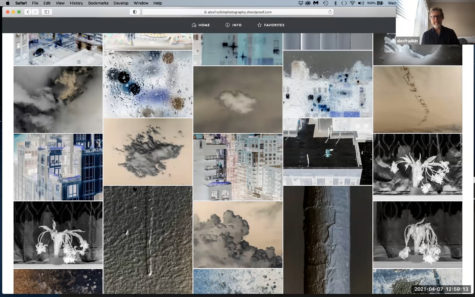Multi-disciplinary artist and independent curator originally from Germany, based in Brooklyn, NY.
0
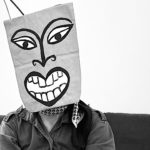
Claudia Sohrens
New York
ARTISTS & CURATORIAL STATEMENT
Archives can misguide through exclusion or may not be well documented, while hidden artifacts come to light, there may be a potential to alter historical narratives, unlock mysteries, and possibly suggest alternative accounts of events. In my practice as a multi-disciplinary artist, I investigate the roles of the artist as researcher, curator, producer, and cultural activist. My inquiry is about creating and constructing, rather than capturing and preserving. I am concerned with questions about originality, image accumulation and circulation, originality and authorship and notions of individual and collective identity and memory.
Storytelling and the idea that a place is reflecting an individual or an individual agency that is politically related to the environment is at the core. I force my research through the familiar cultural tropes as well as in contested accounts of the past and present to unveil and raise questions about the stories that are told and preserved, and those that are suppressed or forgotten.
My work is autobiographical, in a sense, depicting events that are tied to my life or that of family: tracing my family’s history, recalling experiences of my personal history, and making connections between personal narratives and research methodologies –while reconstructing a history of a community and a place. I am asking at what point does one’s family history matter, and what relationship one has to the past? My work is often an invitation to level the imbalances and overturn some of the former expectations and can unfold through a range of media –photography, video, books, sound, and multilayered image spaces.
Thinking critically about the histories of different forms of (re)presentation and socially engaged practices, I believe a work can reside in multiple domains or disciplines to be examined in different contexts. A project may start as a chance operation, and as I begin to think about form, conversations around value, presence and boundaries of subjectivity emerge, and questions around hierarchy and (in)accessibility arise. Materials too can lead to narrative, and the dialog between different techniques and surfaces may bring up conversations around the environment and sustainability.
A photographic snapshot implies a narrative, and may reveal ideas around selfhood, individualism, and ownership, while the sculptural aspect of the photographic object may bring up a conversation around embodiment. The notion of reproduction reminds us of the inherent ‘sculptural function’ of the photographic image when acting as representative of three-dimensional constructions.
Language is simultaneously content and code that can exist at such scale that we begin to call it “data.”
Text and image –and code, are all part of a continuum of symbology to express meaning, memory, and thought.
When we look at a script, manuscript and score, text can bring us to sound and listening – and listening to social practice! Listening, is not bound only to the medium of sound, one can have a listening relationship to any object! You might ask “What do you hear?” and that initiates a conversation and reveals something to us about our own experience and desires. The visualization of sound can affect image making in the translation of the ephemeral qualities of sound and memories.
Photography can influence one’s approach to sound –in turn working with sound (and listening) can change the way we create and read an image through a multitude of possibilities and comment on the material and surface, where still and dynamic image overlap, text and sound qualities collapse and flow back.
In my curatorial practice, I explore sensory, sensorial, sensual modes, methods, and processes through which we experience the world and create it. I am currently working on a collaborative curatorial project to create a dynamic and immersive experience at the intersections of photography, sculpture, drawing, performance, and installation. This project is a series of propositions around ideas of mark, mark making andmem:
The “mark” in my curatorial thesis refers to inaccuracies and random traces of what’s left behind the detritus on the street, photographic light leaks, overheard conversations, philosophical ideas, and the news, which can simultaneously be seen in DNA and data.
I define “marking” as a gestural “language” of the non-representational sort at the crossing of matter and memory.
In combining, “mark marking” identifies the mark made as a new theme: calling attention to environmental justice and identity, challenging patriarchal Eurocentric art historical canon, or examining the uncertainty of the indexical relationship between photographic documentation and its construction.
The “mem” can be read as both, memory, and mem(e), and describes the idea of becoming through reproduction, transmission, imitation, translation, mutation, and conversion.
PATERNOSTER
Paternoster, Immersive Video Installation, Sound, 2014.

